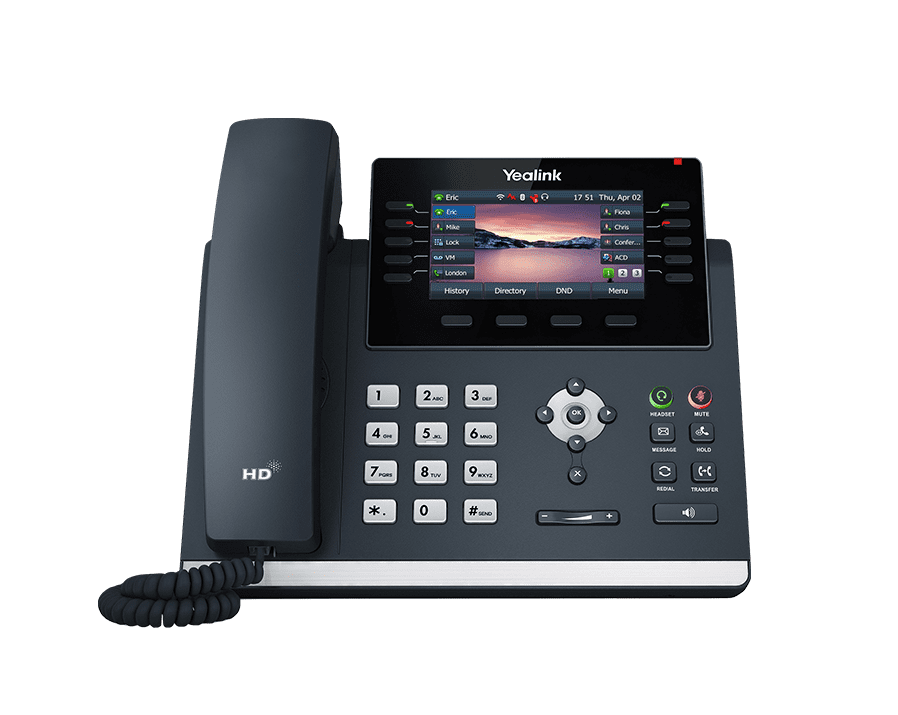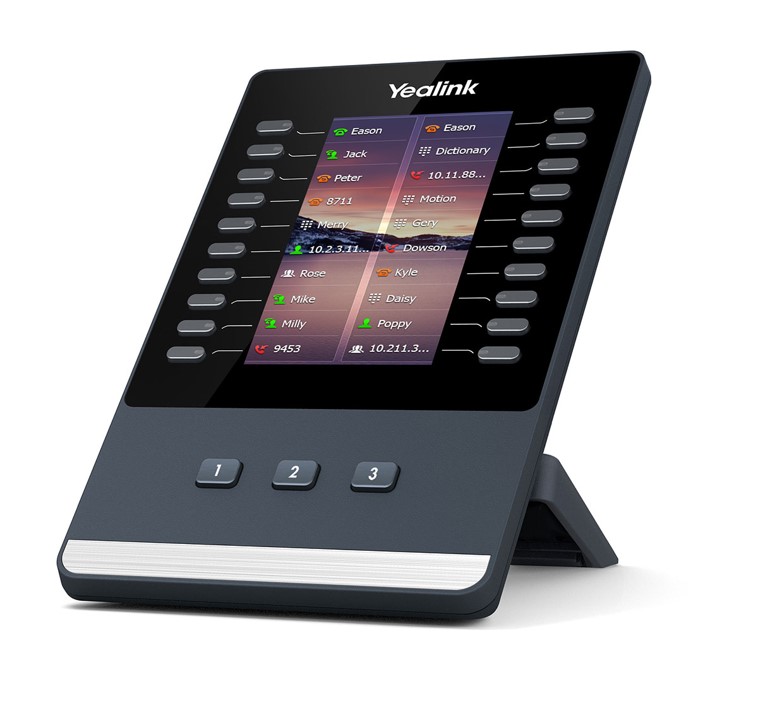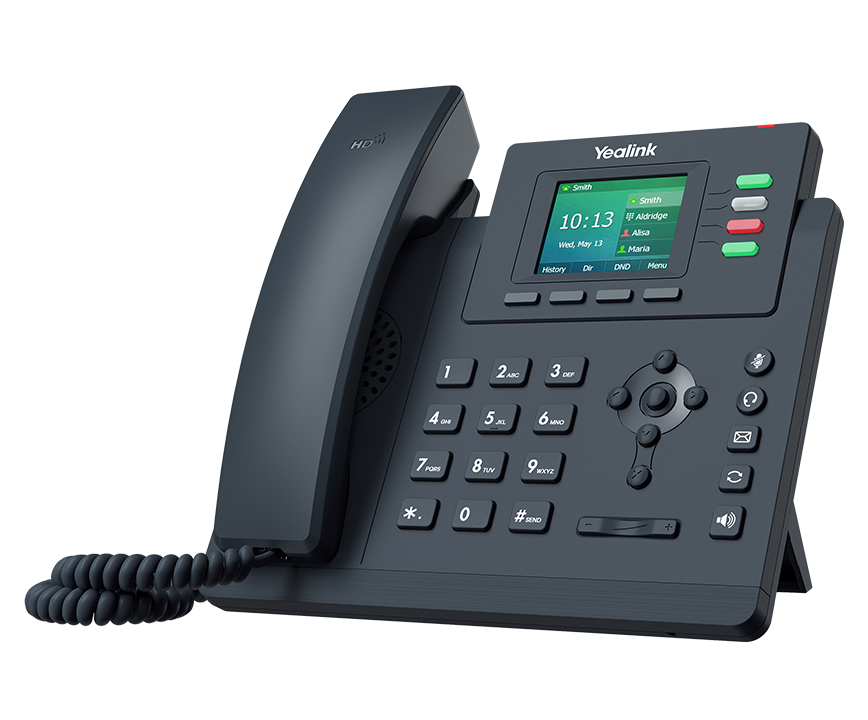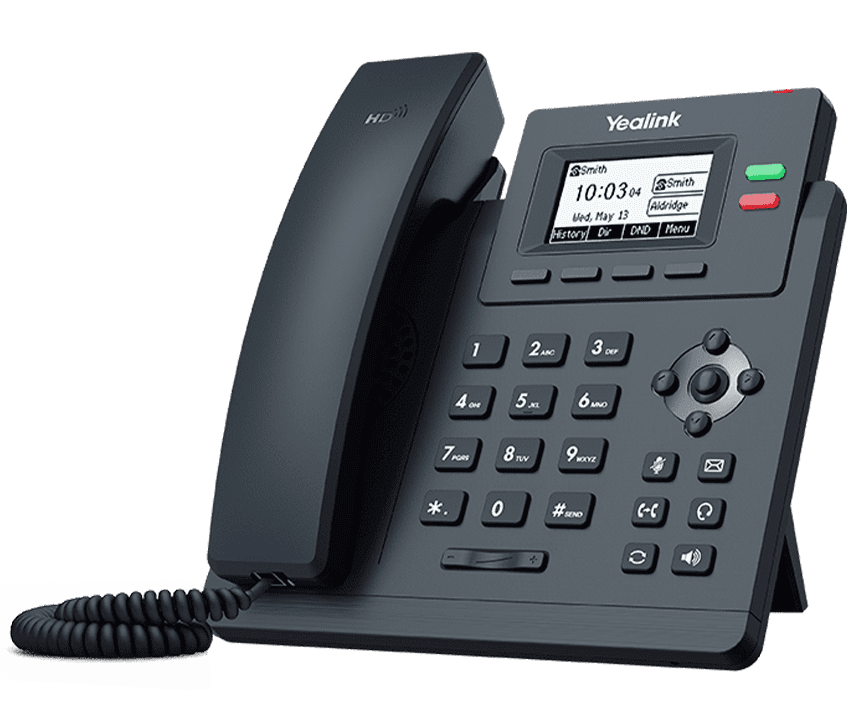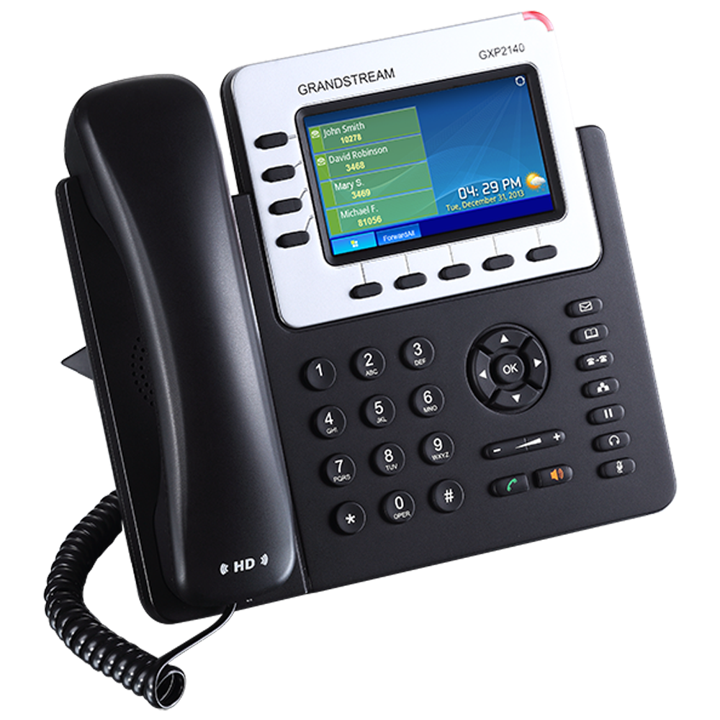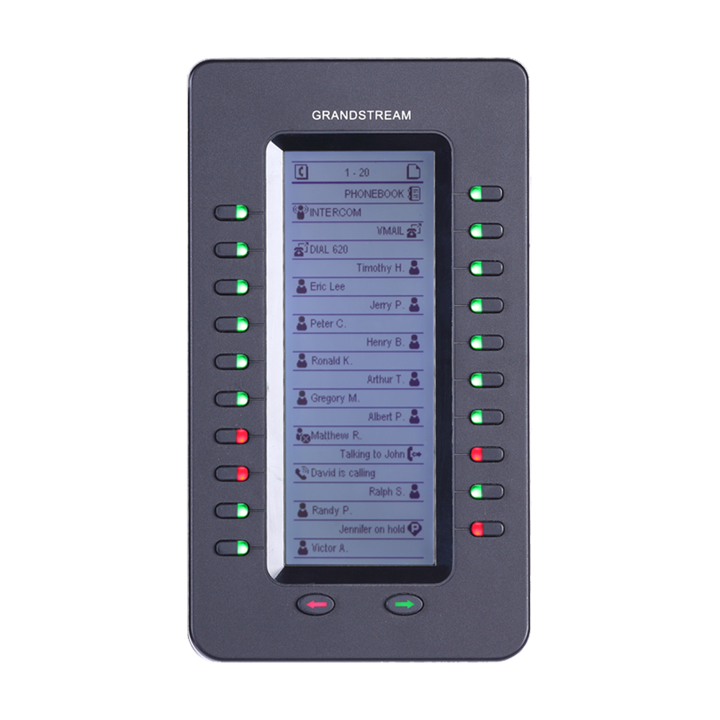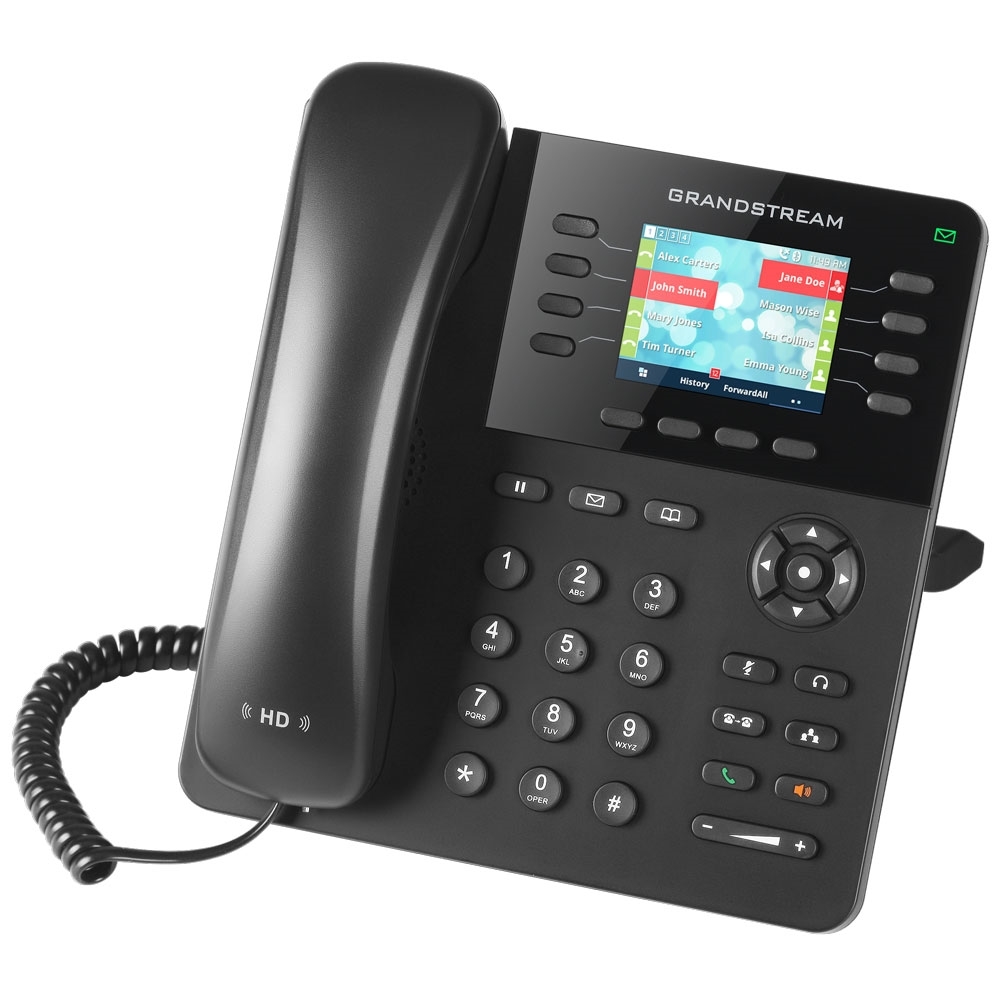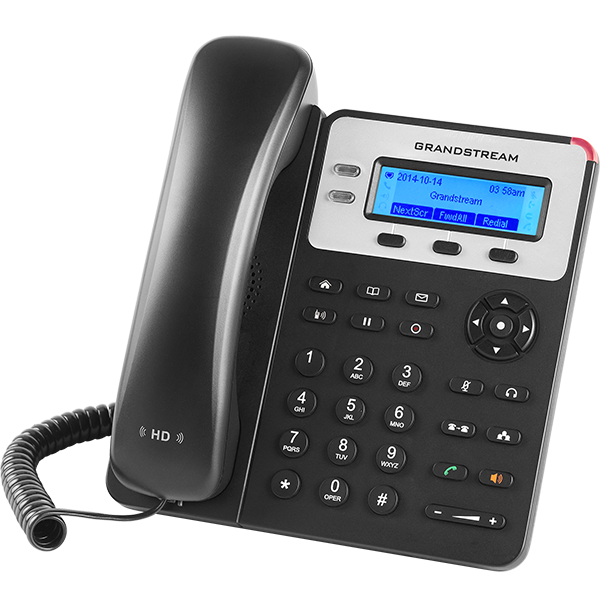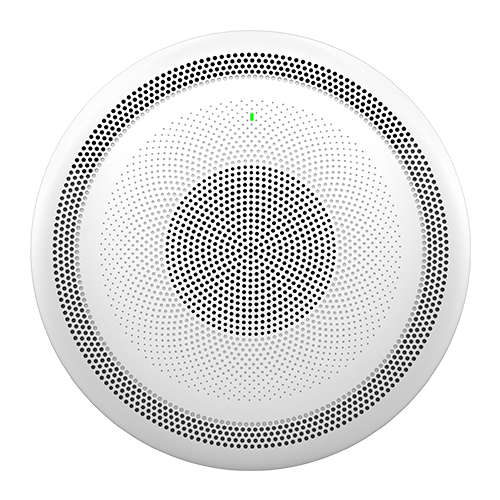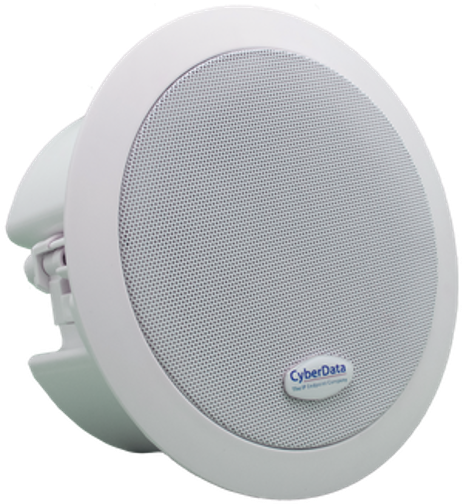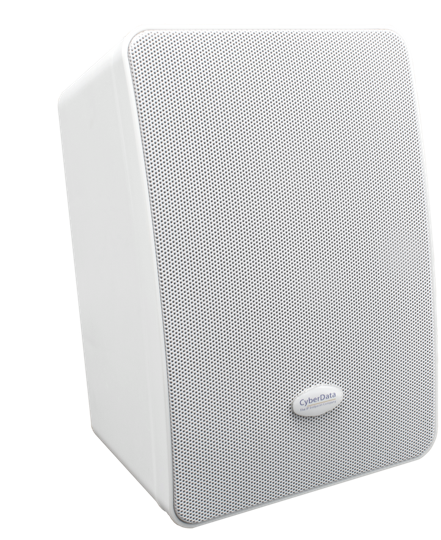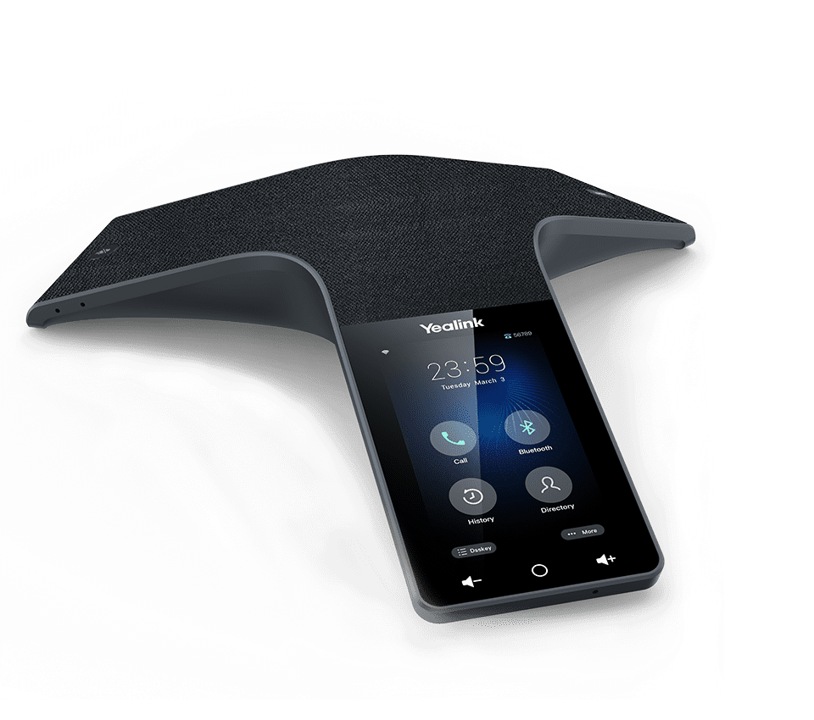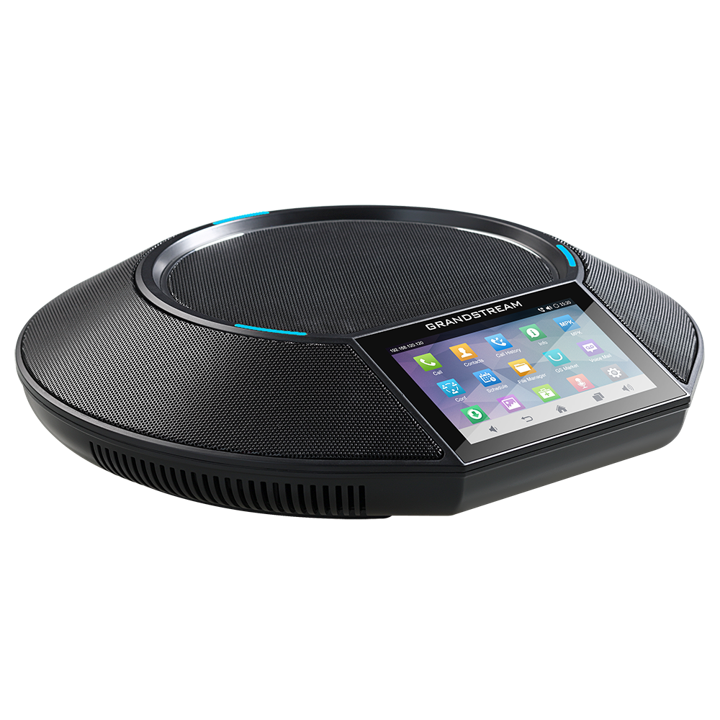Business Phone

Cloud or On-Premise. 100% Uptime. Phone Included.
Leading Business Connectivity.
Enter address to check for deals at your location.
WE ARE FRONTIER AND WE FOUND THAT.
WE ELIMINATE YOUR TRADITIONAL EXPENSE IN
PHONE LINES, LONG DISTANCE, SET UP &
ANNUAL MAINTENANCE
CHARGES.
Seamless
Affordable
Flexible
Easy
Reliable
Voice
Frontier’s Cloud Voice PBX is rock solid and is an excellent replacement to your existing business phone system. If you are looking for a new phone system, don’t buy one. Move to the cloud instead.
Our Voice PBX is exceptionally flexible and can provide all the usual features that you expect, plus an extensive list of those that will surprise you. Frontier’s is the perfect solution for seamless coverage for an organization with multiple locations or remote workers – all for one low monthly cost per user.
Keep your existing telephone numbers and internal extension structures.
Simple user pricing – pay by the user. No hidden charges. Our monthly fee is all-inclusive. We even include the phone.
Add new users and locations anytime quickly and easily with no one-time fees or set-up charges.
Simple easy-to-read bill & solid 24 / 7 /365 support.
Our Voice over Private Network product is high definition, 100% reliable, with no latency or jitter.
Professional Office
Medical & Health
K-12 Education
Manufacturing
Quick Service Restaurants
Retailers
We specialize in business voice services.
Frontier Networks operates our ultra-private across our private network of data-centres in both Canada and the USA. Our network covers both Canada and the United States.
We can provide a NEW phone number or MOVE your existing phone number away from your current provider.
Our bills are easy to read and can be viewed via our online customer support portal or sent to you electronically. We are easy to work with, and if you need support, we are there for you 24 hours a day, 7 days a week.
Business Phone
Move your phone system, conferencing and call center to the cloud. Enable your mobile staff. Work from anywhere. One flat rate & amazing support.
$ 18.00 Per Month
- 24/7 Customer Support
- No Charge Set Up
- Keep Your Phone Number
- Unlimited Canada & USA Calling
- Phone Included
- Extensive Features
- Easy-to-use
- Crystal Clear Call Quality
- Flexible – No Change Fees
Unlimited Web and Audio Conferencing
Simple to use from any device, just dial in, use your pass-code, and start your great meeting! Want to share a document? We include a host license that allows you to share your screen with video for up to 100 users with no time limit.
$ 29.00 Per Month
Need to replace traditional speakers or amplifiers?
Use our indoor and outdoor public address speakers that can easily replace your old ones.
Add an extension module for your busy receptionists, executives or any high-volume user.
Any attendant will enjoy maximized productivity by monitoring and dispatching multiple incoming calls with our extension modules.
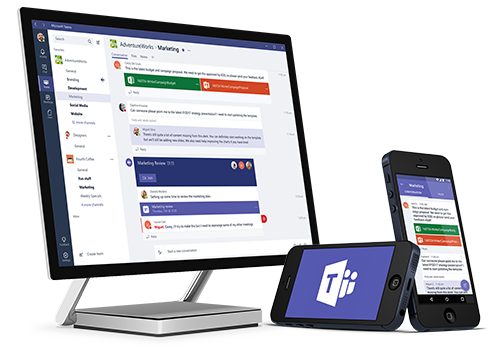
The full Microsoft Teams Collaboration Suite Integrated with Your Frontier Voice Cloud.
With Frontier’s Voice Cloud, we can route your office phone numbers and dial plan transparently to Microsoft Teams users.

Voice Features:
Multi-Level Auto Attendant
Auto-Attendant Multi-Level is a telecommunications feature that allows incoming calls to be automatically answered and routed to the appropriate extension or department within an organization. It is also known as Interactive Voice Response (IVR) or Virtual Receptionist.
With Auto-Attendant Multi-Level, callers are presented with a menu of options via pre-recorded voice prompts. The prompts typically include a greeting message, followed by a set of instructions that guide callers to choose the appropriate department or extension by pressing a specific key on their phone keypad.
In the case of a multi-level Auto-Attendant, the menu options may be nested, meaning that callers can be presented with additional menu options based on their initial selection. For example, if a caller chooses the option for Sales, they may be presented with additional options for specific sales teams or products.
Auto-Attendant Multi-Level can improve the efficiency and professionalism of an organization’s phone system by reducing the number of calls that are missed or misrouted. It can also save time for employees who would otherwise have to manually transfer calls to the appropriate person or department.
Available Side Car
A telephone sidecar, also known as a phone expansion module or phone console, is a device that is attached to a desk phone to provide additional programmable buttons and features. It is designed to enhance the functionality of a traditional desk phone and provide easy access to commonly used functions.
A telephone sidecar typically includes a set of additional buttons that can be programmed to perform specific functions such as speed dial, call transfer, hold, and conferencing. The buttons are usually arranged in a grid and labeled with icons or text that indicate their function.
Phone sidecars are often used in busy office environments where employees need quick access to multiple lines or functions. For example, a receptionist may use a phone sidecar to manage multiple incoming lines, while a customer service representative may use it to transfer calls and access frequently used functions.
Available Softphone
A PBX softphone is a software application that allows a computer, tablet, or smartphone to function as a virtual telephone, providing users with the ability to make and receive calls over an internet connection. PBX stands for Private Branch Exchange, which is a type of telephone system used by businesses to manage their phone calls.
Unlike traditional desk phones, PBX softphones do not require physical hardware and are designed to be used with a VoIP (Voice over Internet Protocol) phone system. They are often used in conjunction with PBX systems to allow employees to make and receive calls from their computers or mobile devices.
PBX softphones typically include features such as call transfer, call recording, conference calling, and voicemail. They may also include additional features such as video calling, instant messaging, and screen sharing.
One of the main advantages of PBX softphones is that they allow employees to make and receive calls from anywhere with an internet connection, making them ideal for remote workers and those who frequently travel. They are also cost-effective, as they do not require the purchase and maintenance of physical hardware.
PBX softphones are typically available as downloadable software applications that can be installed on a computer, tablet, or smartphone. Some PBX providers may offer their own softphone applications, while others may support third-party softphone applications.
Busy Lamp with Name
A phone busy lamp with name, also known as a BLF (Busy Lamp Field) or presence indicator, is a device that is typically used with a VoIP (Voice over Internet Protocol) phone system to show the status of other extensions or lines in real-time.
The device typically consists of a set of lights or LED indicators, each associated with a different extension or line, and a display panel that shows the name or extension number associated with each light. The lights change color or flash to indicate whether an extension is available, busy, or on hold.
Phone busy lamps with names are commonly used in busy office environments where employees need to know the status of their colleagues’ phone lines. They allow employees to see at a glance whether a colleague is available to take a call, or whether they are already on the phone or in a meeting.
Phone busy lamps with names can be especially useful for receptionists or administrative assistants who need to manage incoming calls for multiple lines or extensions. They can also be useful for managers or supervisors who need to monitor the availability of their team members.
Call Detail Reporting
Call Detail Reporting (CDR) is a feature of telecommunications systems that provides a record of call data for individual calls, including the date and time of the call, the duration of the call, and the phone numbers or extensions involved in the call.
CDR is typically used by businesses to monitor and analyze their phone usage, track call volumes and patterns, and identify areas where improvements can be made. It is also used for billing and accounting purposes, as it provides a detailed record of all calls made and received.
Call Detail Reporting can be used to generate various types of reports, such as call volume reports, call duration reports, and call cost reports. These reports can provide valuable insights into call traffic patterns, employee productivity, and customer behavior.
Call Forwarding
Call forwarding is a telecommunications feature that allows incoming calls to be redirected from one phone number or extension to another. It is typically used by individuals and businesses to ensure that incoming calls are answered promptly, even if the intended recipient is not available.
There are several types of call forwarding, including:
- Unconditional call forwarding: This feature forwards all incoming calls to another phone number or extension without ringing the original phone first.
- Conditional call forwarding: This feature forwards calls to another phone number or extension only if the original phone is busy, unanswered, or unable to receive calls.
- Time-based call forwarding: This feature forwards calls to another phone number or extension based on a pre-set schedule, such as during non-business hours or when the user is on vacation.
- Simultaneous call forwarding: This feature forwards calls to multiple phone numbers or extensions at the same time, allowing the first person to answer the call to handle it.
Call forwarding can be set up and managed through the phone’s settings menu or through a web portal provided by the phone service provider. Some phone systems may also allow call forwarding to be activated and deactivated using a special code entered on the phone keypad.
Overall, call forwarding is a convenient and flexible feature that allows individuals and businesses to ensure that incoming calls are answered promptly, regardless of the recipient’s availability or location. It can help to improve customer satisfaction, increase productivity, and enhance overall communication efficiency.
Call Queue
A phone system call queue is a feature that allows incoming calls to be placed on hold and queued in order to be answered by the next available agent or representative. Call queues are commonly used in businesses with high call volumes, such as customer service centers, technical support teams, and sales departments.
When a call comes in, it is placed in the call queue and held until an agent or representative becomes available to answer the call. Call queue systems typically include features such as hold music, estimated wait time announcements, and the ability to offer callers the option to leave a message or request a callback.
Call queues can be configured to route calls based on various criteria, such as the time of day, the caller’s location, or the caller’s language preference. They can also be set up to prioritize calls based on certain criteria, such as the caller’s VIP status or the urgency of their issue.
Call Recording
Call recording is a telecommunications feature that allows phone conversations to be recorded and stored for later playback. It is typically used by businesses for a variety of purposes, including quality assurance, compliance, training, and dispute resolution.
When call recording is enabled, all or selected phone conversations are automatically recorded and saved to a central location, such as a server or cloud storage. The recordings can be accessed and played back by authorized personnel, either in real-time or after the call has ended.
Call recording can be configured to record both incoming and outgoing calls, and can be set to record all calls or only certain types of calls. Some call recording systems may also include features such as pause and resume recording, automatic archiving, and voice-to-text transcription.
Call recording is particularly useful in industries where regulatory compliance is important, such as healthcare, finance, and legal services. It can also be useful for training purposes, allowing managers to review and evaluate employee performance during customer interactions.
Call Transfer
Call transfer is a telecommunications feature that allows an ongoing call to be transferred from one phone or extension to another. It is typically used in businesses to transfer calls to the appropriate department or individual, or to escalate calls to a higher-level representative.
There are two main types of call transfer:
- Blind transfer: In a blind transfer, the call is transferred to the intended recipient without any intervention from the original recipient. The original recipient simply initiates the transfer and hangs up, without speaking to the intended recipient.
- Attended transfer: In an attended transfer, the original recipient first places the caller on hold and speaks to the intended recipient to confirm that they are available and willing to take the call. Once the intended recipient is ready, the original recipient completes the transfer and disconnects from the call.
Call transfer can be initiated using various methods, such as a dedicated transfer button on the phone, a specific key combination on the phone keypad, or through a softphone or web-based interface.
Call transfer is an important feature for businesses that handle high volumes of incoming calls, as it allows calls to be routed to the appropriate person or department efficiently, without requiring the caller to hang up and call back. It can also improve customer satisfaction by reducing wait times and ensuring that callers speak to the right person on the first try.
Canada, USA and International Phone Numbers
Frontier can provide fixed and landed virtual phone numbers that allow businesses and individuals to have a phone number in a different country or region, while still being able to receive calls on their existing phone line or device. These virtual phone numbers can be useful for businesses with international customers or for individuals who frequently travel abroad. You can assign multiple numbers to a user. Example:
Sales Rep: Local Head Office Number, 800 Toll Free Number and Remote International Office Number – All will ring on the defined phone.
Available Contact Center Agent
A contact center feature on a phone system is a set of tools and capabilities designed to enhance the functionality and efficiency of a customer service or contact center desig.ned to improve customer satisfaction, increase agent productivity, and enhance overall communication efficiency
Some common contact center features include:
- Automatic Call Distribution (ACD): This feature routes incoming calls to the most appropriate agent or representative based on various criteria such as call type, language, and agent availability.
- Call Recording: This feature allows calls to be recorded and stored for later review, training, or compliance purposes.
- Call Monitoring: This feature allows supervisors or managers to monitor live calls and provide feedback and coaching to agents in real-time.
- Analytics and Reporting: This feature provides insights into call volume, call duration, agent performance, and other key metrics, allowing managers to track performance and identify areas for improvement.
- Outbound Dialing: This feature enables agents to make outbound calls to customers for follow-up, surveys, or other purposes.
Extension Calling
Extension calling is a feature of phone systems that allows calls to be routed directly to a specific extension or phone within an organization. Instead of calling a main phone number and being transferred to the appropriate extension, callers can dial the extension directly to reach the intended recipient.
Extension calling is commonly used in businesses and organizations to improve communication efficiency and reduce call transfer times. It allows callers to reach the intended recipient quickly and easily, without having to navigate complex menu systems or speak to multiple agents.
High Definition (HD) Audio
VoIP (Voice over Internet Protocol) HD Audio calling provides superior call clarity and sound quality compared to traditional phone systems.
HD Audio calling is made possible through the use of advanced audio codecs and digital signal processing techniques, which reduce background noise, echo, and distortion, and enhance voice clarity and articulation. This results in a more natural and realistic voice conversation, with less strain on the listener’s ears and a more comfortable overall experience.
HD Audio calling is particularly useful for businesses and organizations that rely on phone communication to conduct important meetings, conferences, and interviews, as it allows participants to communicate more effectively and with greater clarity.
Find Me Anywhere / Simultaneous Ring
Find Me Anywhere (FMA) or Simultaneous Ring (SimRing) is a telecommunications feature that allows incoming calls to be routed to multiple phones or devices simultaneously. This allows callers to reach the intended recipient quickly and easily, regardless of their location or availability.
With Find Me Anywhere/Simultaneous Ring, users can specify a list of phone numbers or devices that they want to ring when an incoming call comes in. When a call is received, all the devices on the list will ring simultaneously, allowing the user to answer the call from the most convenient device.
This feature is particularly useful for individuals who work remotely or frequently travel, as it allows them to receive calls on their mobile phone or other devices, even if they are not at their desk or in the office. It can also help to improve call responsiveness, as calls can be answered more quickly and efficiently.
Find Me Anywhere/Simultaneous Ring can be configured and managed through the user’s phone system or by Frontier. Users can specify the order in which devices should ring, as well as the number of rings each device should receive before moving on to the next device or sending the call to voicemail.
Overall, Find Me Anywhere/Simultaneous Ring is a useful feature that allows individuals to stay connected and responsive to incoming calls, regardless of their location or device. It can help to improve communication efficiency and ensure that important calls are answered promptly.
Free Phone Provided
We include the phone. If you sign up month-to-month, you are responsible for providing a phone, or you can purchase one from Frontier. However, if you sign a 36 month contract we will include a phone. If you sign a 60-month contract, we will include a colour phone.
Group Call
A PBX (Private Branch Exchange) group call is a feature that allows a single call to be simultaneously received by multiple extensions or phones within a specified group. This feature is commonly used in businesses to improve communication efficiency and ensure that important calls are answered promptly.
With PBX group calling, incoming calls can be directed to a specific group of extensions or phones, such as a department or team. All the phones within the group will ring simultaneously, allowing the call to be answered by the first available recipient.
Group calling can be configured to ring all phones in the group at the same time, or to ring the phones in a specified sequence or priority order. It can also be set up to include features such as hold music, call waiting, and voicemail.
PBX group calling can help to improve communication efficiency by ensuring that important calls are answered promptly and efficiently. It can also help to reduce call transfer times and improve overall customer satisfaction.
Hunt Groups
A phone system Hunt Group is a feature that allows incoming calls to be distributed among a group of phones or extensions based on a specified order or priority. This feature is commonly used in businesses to improve call handling efficiency and ensure that calls are answered promptly.
With a Hunt Group, incoming calls are directed to a designated group of phones or extensions, such as a department or team. The system then hunts through the group based on a predefined order or priority, such as ringing the first available phone or extension, the phone or extension with the most idle time, or the phone or extension with the highest priority.
Inbound Caller ID
Inbound Caller ID is a telecommunications feature that allows the caller’s phone number to be displayed on the recipient’s phone or caller ID device when an incoming call is received. In other words, it allows the recipient to identify the phone number of the incoming caller before answering the call.
Inbound Caller ID is typically used in businesses and organizations to screen incoming calls and identify the source of the call. This can help to improve call handling efficiency and ensure that calls are routed to the appropriate department or individual.
Inbound Caller ID is usually displayed on the recipient’s phone or caller ID device as a string of digits, along with the name or company associated with the phone number. In some cases, the Caller ID information may also include additional information, such as the city or region associated with the caller’s phone number.
Inbound Caller ID can be a useful feature for individuals and businesses that receive high volumes of incoming calls, as it allows them to screen calls and prioritize their response based on the identity of the caller. It can also help to improve call handling efficiency and reduce the number of missed or unattended calls.
Outbound Caller ID
Outbound Caller ID is a telecommunications feature that allows the phone number and name of the caller to be displayed on the recipient’s phone or Caller ID device when an outgoing call is made. In other words, it allows the recipient to identify the source of the incoming call before answering the call.
Outbound Caller ID is typically used in businesses and organizations to identify themselves to the recipient when making outgoing calls. This can help to improve call handling efficiency and ensure that calls are more likely to be answered.
Outbound Caller ID can be customized to display different phone numbers or names depending on the specific situation. For example, a business may use a specific phone number or name for sales calls, and a different phone number or name for customer service calls.
Multi-Party Calling
Multi-party calling is a telecommunications feature that allows multiple parties to participate in a single phone call. This feature is commonly used in businesses and organizations to conduct conference calls, meetings, and other collaborative activities.
With multi-party calling, multiple individuals can be connected to a single call, allowing them to communicate and collaborate in real-time. The system can support various configurations, such as allowing all parties to speak and hear each other simultaneously, or allowing the host or moderator to control the conversation and mute or unmute participants as needed.
Unlimited LOCAL and Canada Calling (USA Available)
Unlimited Local Calling is a telecommunications feature that allows you to make an unlimited number of local calls within a specific geographic area without incurring additional charges or fees. This feature is typically offered by VoIP (Voice over Internet Protocol) service providers as part of their phone service packages.
With Unlimited Local Calling, you can make and receive calls to any phone number within the local calling area without worrying about per-minute charges or usage limits. The local calling area is typically defined as a specific geographic region, such as a city or a group of cities.
Unlimited Local Calling is particularly useful for businesses and individuals who make a high volume of local calls, as it can help to reduce communication costs and simplify billing. It can also help to enhance communication efficiency by allowing you to make as many calls as you need without having to worry about usage restrictions or overage charges.

